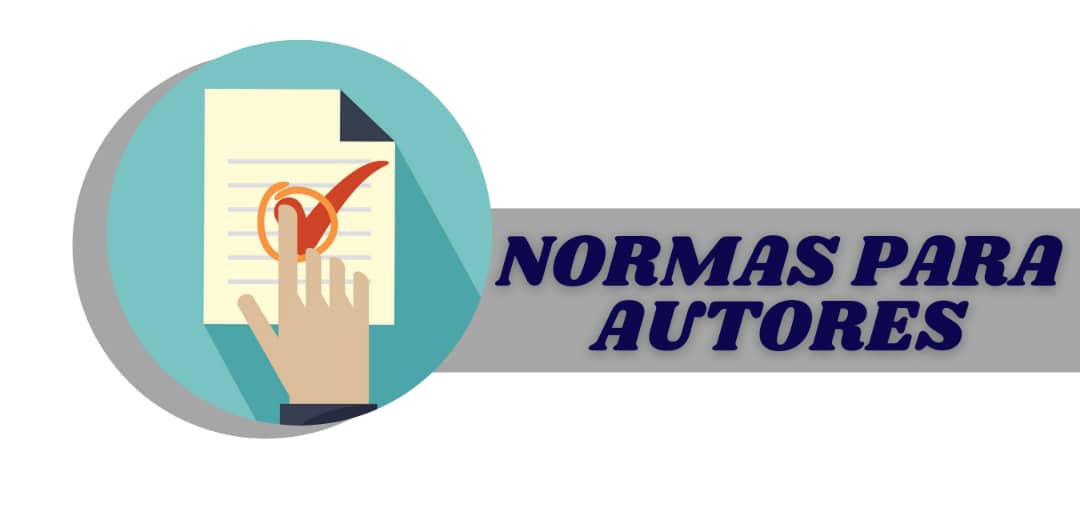Absceso tubo-ovárico en mujer portadora de dispositivo intrauterino hace 20 años
Palabras clave:
enfermedad inflamatoria pélvica, absceso tuvo-ovárico, laparoscopia exploradora.Resumen
El absceso tubo-ovárico es una complicación de la enfermedad inflamatoria pélvica (EPI), caracterizado por la infección del tracto genital superior que se produce, casi siempre, por vía ascendente desde el cuello uterino. Se reportó de un caso de abdomen agudo causado por la rotura de un absceso tubo-ovárico bilateral en una mujer de 42 años portadora de un dispositivo intrauterino hace aproximadamente 20 años. Que consultó por cuadro de dolor abdominal, lumbar y fiebre. El diagnóstico se determinó mediante laparoscopia exploradora, se le realizó histerectomía abdominal total con doble anexectomía. La evolución postoperatoria fue satisfactoria.
Citas
2. Stewar J. Ovarian abscess. Report of a case and a review of the literature. J ObstGynecol Surg. 1985:40:476-485.
3. Hay PE y cols. Which sexually active young female students are most at risk of pelvic inflammatory disease? A prospective study. Sex. TransmInfect 2016; 92:63-6.
4. MINDY M. Ultrasound of Pelvic Inflammatory Disease. Ultrasound Quarterly 2004; 20: 171-9
5. Luedders DW, Chalvatzas N, Banz C, Horneman A, Diedrich K, KavallarisA.Tubo-ovarianabscessinwomanwithanintrauterine device forgotten for 22 years. Gynecol Surg. 2010;7:181---4.
6. Soper DE. Pelvic Inflamatory Disease. Obstet Gynecol. 2010;116:419---28.
7. Price MJ, Ades AE, De Angelis D y cols. Risk of pelvic inflammatory disease followingChlamydia trachomatis infection: analysis of prospective studies with a multistate model. AmJ Epidemiol 2013; 178:484-92.
8. Sexually Transmited diseases treatment guidelines 2015. Centers for Disease Control and Prevention. MMWR Recomm Rep 2015; 51:1-78.
9. Oakeshott P, Aghaizu A, Hay P, et al. Is Mycoplasma genitalium in women the “New Chlamydia?” A community-based prospective cohort study. Clin Infect Dis 2010;51:1160–6.
10. Hsu WC, Lee YH, Chang DY. Tuboovarian Abscess Caused by Candida in a Woman with an Intrauterine Device. GynecolObstet Invest. 2007;64:14---6.
11. Charonis G, Larssson P-G. Prolonged use of intrauterine contraceptive device as a risk factor for tobo-ovarian abscess. ActaObstetriciaetGynecologica. 2009;88:680---4.
12. Grimes DA. Intrauterine device and upper genital tract infection. Lancet 2000; 356:1013.
13. Ross J y cols. 2012 European Guideline for the Management of Pelvic Inflammatory Disease. Int J STD AIDS. 2014; 25(1):1-7.
14. Workowski KA y cols. CDC. Sexually Transmitted Diseases Treatment Guidelines. MMWR Recomm Rep. 2015;64(RR-03):1-137.
15. Thomassin-Naggara, E. Darai, M. Bazot. Gynecological pelvic infection: What is the role of imaging? 2015: 494
16. Sung Il Jung, Young Jun Kim, Hee Sun Park, HaeJeongJeon and Kyung-Ah Jeong2. Acute pelvic inflammatory disease: Diagnostic performance of CT J. Obstet. Gynaecol. Res. Vol. 37, No. 3: 228–235, March 2011.
17. Magrini L, Gagliano G, Travaglino F, Vetrone F, Marino R, CardelliP, Salerno G, Di Somma S. Comparison between white blood cellcount, procalcitonin and C reactive protein as diagnostic andprognostic biomarkers of infection or sepsis in patients presenting toemergency department. ClinChem Lab Med. 2014 Oct;52(10):1465-72.doi: 10.1515/cclm-2014-0210.
18. Tsai HT, Lee TH, Yang SF, Lin LY, Tee YT, Wang PH. Markedlyelevated soluble E-cadherin in plasma of patient with pelvic inflammatorydisease. FertilSteril 2013; 99: 490-5
19. Brunham R y cols. Pelvic Inflammatory Disease. N Engl J Med 2015; 372: 2039-48.
20. Tepper NK, Steenland MW, Gaffield ME, Marchbanks PA, Curtis KM. Retention ofintrauterine devices in women who acquire pelvic inflammatory disease: a systematic review.Contraception 2013;87: 655-60.
Descargas
Publicado
Cómo citar
Número
Sección
Licencia
Aquellos autores/as que tengan publicaciones con esta revista, aceptan los términos siguientes:
Los autores/as conservarán sus derechos de autor y garantizarán a la revista el derecho de primera publicación de su obra, el cuál estará bajo una Licencia de Creative Commons Reconocimiento-NoComercial 4.0 Internacional (CC BY-NC 4.0)
Los autores/as podrán adoptar otros acuerdos de licencia no exclusiva de distribución de la versión de la obra publicada (p. ej.: depositarla en un archivo telemático institucional o servidores preprint) siempre que se indique la publicación inicial en esta revista.
Se permite y recomienda a los autores/as difundir su obra a través de Internet (p. ej.: en archivos telemáticos institucionales o en su página web) antes y durante el proceso de envío, lo cual puede producir intercambios interesantes y aumentar las citas de la obra publicada.








